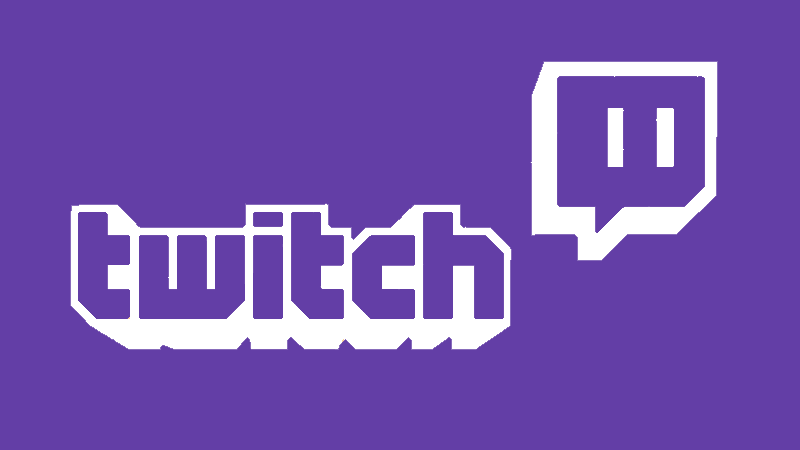So, How Does Twitch.tv Work?
Twitch allows streamers to stream their gameplays, In-Real-Life (IRL) videos, gambling or other content online. Other platform users can then watch and comment on the streamer’s performance. While you might wonder whether people would be interested in watching others playing rather than playing themselves, the answer is an overwhelming, ‘yes’. In fact, the ‘League of Legends’ section alone has around 13,226,000 followers, with some of the top viewed live channels have viewers numbering into the tens of thousands. However, this platform doesn’t only cater to the gaming community. It also allows for viewers to watch live online casino and live-action poker tournaments, with over 731,000 followers registered in the Poker category. These figures obviously exclude casual viewers who wish to remain anonymous, or simply don’t want to register to Twitch. June 2018 saw the record number of total hours viewed of content viewed by users at 788,432,010 hours viewed. This is the equivalent of 90,003 years’ worth of viewership, accumulated in a single month.
To get started, streamers will create an account and receive a ‘stream key’ which they will then need to input it into video streaming software such as the free downloadable software Online Broadcasting Software (OBS) to upload multiple video and audio and splice it together onto a single screenshot, which can then be linked and streamed directly onto the user’s Twitch channel. The OBS allows streamers to overlay content onto their main stream and then manipulate the screen the various video and audio elements so that they are all being shown to viewers real-time. This means that is they are able to split screen the video that they are streaming, splicing together a number of different elements, including screen-shots, live profile films and logos, among others. They can also allow for the games audio to be audible at a lower volume than the audio of their vocal responses to the game progressions and viewer chat-box comments.
For instance, a streamer can place a screen shot of the main gameplay or event across the whole screen, with a chat box to one side and a face-cam image of themselves engaging with the gaming content. They can adjust the sizes and placement of all of the different features at any time. This helps to personalize the viewership experience, and also allows viewers to understand how the streamer is feeling about their progress. Nevertheless, not all streamers use face-cams, not do they have the chat on the screen itself. As all content is live, some streamers choose to place their online schedule on their offline page so that their followers know when to log in. When an gaming session is done, it can be saved in the streamer’s archivers on their channel for viewers to watch at their own pace. This is interesting, as the in-stream chats will be shown according to how they were originally displayed as the game was being live streamed. Additionally, a viewer wishes to comment on an archived video, their commented will be embedded within the comments of that frame, and not following the last comment.
Twitch.tv From Indie to Corporate
These stats weren’t ignored by the corporate world. As both the platform and the channels gained popularity, popular streamers were soon offered sponsors. This meant that these streamers could progress from hobbyists to professional gamers, as they could now earn monthly stipends from these sponsors, and potentially turn their passion into a full-time, decent to extremely well-paying job. Their choice of using this platform over others is likely based on a few primary factors, including the fact that streamers can directly negotiate with potential sponsors, whereas until recently YouTube would only allow for affiliate advertising. This meant that YouTube would be taking big cuts of the income generated by these streamers. However, given the growing success of Twitch, where monthly users produce nearly three-times as much content as YouTube, YouTube finally launched its own sponsorship program in September 2017, and copied the premium subscription model of custom emojis and live-chats that Twitch had been utilizing since 2012.
So, What’s the Attraction to Twitch.tv?
The top streamers aren’t simply gamers live-streaming a regular game. They’re generally top-gamers playing against each-other in online tournaments, with fans rooting for whichever streamer they’re supporting. Top-streamers have over 1 million viewers, but some really hit the big-time such as Ninja who has over 10 million followers. This is basically the digitized version of real-life sports events and stars, as it is catering to a newer crowd of gaming enthusiasts who are far more interested in following gaming celebs that traditional sports-stars. That is why competitive play is referred to as ‘e-sports’.
A major benefit to this of this new form of entertainment is of course that gamers and fans rarely have to leave the comfort of their own homes. The fans can engage directly with their favorite streamers through a live-chat feature, although they will need to create an account to do so. It is then free to enter the chat, unless the streamer has set the chat to ‘subscriber’s only’, which they may to as an incentive for more subscribers, and as well as helping to make the chats quieter. After all, if a streamer as over 20,000 live concurrent viewers, it can make the chat extremely noisy and difficult for the streamer to really follow while playing. They can then chat on the live stream, and the streamer may or may not respond to them. The extent to which they can interact is also dictated by subscription type. They can also select a ‘slow mode’ option, which requires non-subscribers to wait a few seconds between posts.
Other subscriber benefits include tier-badges, as well as streamer-specific emotes, being Twitch’s customized emojis, which are only accessible with a paid subscription. Streamers can create emotes based on the number of followers that they have attracted. The more followers they have, the greater the number of emotes they can create. These can be based on screenshots of their own facial expressions during game-play, with or without text. Paid subscribers will be able to access these emotes and use them to comment in that streamers chat-feed. Other viewers will be stuck with standard emojis.
Subscribers can also buy ‘bits,’ which allow them to tip streamers based on their performances. They can also earn bits by watching advertisements, completing surveys or performing other on-platform actions. It is important to note that Twitch requires all streamers to file tax forms. These tax forms will list all paying advertisements and sponsorships as income for tax-purposes. Bits, as hinted above, are placed into the same category as tips in terms of taxation. So, gaming is actually recognized as a legitimate job, and there are many streamers who are actually able to stream as a lucrative full-time job. Another form of appreciation from both subscribers and non-subscribers comes from donations. These can come from super-fans who just want to encourage a streamer to produce more content, or in exchange for the streamer doing something for them. This is also a volatile method of generating income.
Furthermore, not all streams are single player games. Sometimes they involve teams playing each-other. This is another benefit of twitch, namely that streamers can scope out other streamers, get in touch with each-other and form teams. This is arguably the easiest way to find fellow-hobbyists, as while gaming is becoming more and more popular, it still remains a more peripheral than mainstream hobby in some parts of the world. They will also be able to gauge fellow-gamers’ abilities and personalities based on their streams, which will make it easier for them to assess whether it would be worthwhile for them to team up.
There are a few other ways for gamers to capitalize on their skills. Prize pools in tournaments can range from anywhere from $5 – Millions of USD, which can make this a truly lucrative industry to get in to. Users can also receive tips from users who would like to support them, to show approval of an in-game achievement or to get the attention of a top streamer and is yet another potential method of earning income. Tipping is, however, one of the less reliable methods of generating income, as it is spontaneously gifted from a viewer. It is also important to note that Twitch takes a cut of a streamer’s earnings, and with millions of streamers currently on the platform, it can take months, if ever, for a streamer to start making real profits.
Some games are popular enough to have formed massive tournaments in real-world stadiums, such as the Dota Major Championships. The Dota Major Championships are sponsored by Valve and streamed through Twitch. These live-streams can be watched either at home, or at the stadium, where the participants compete in front a real live audience, with the content being shown on a large screen. This adds to the sense of community felt by gamers, similar to a regular sports event.







